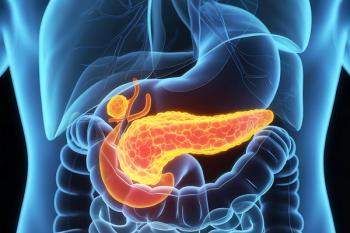
Monday Morning Session: Monoliths I
Emily Hilder of the University of Tasmania (Australia) - and LCGC Editorial Advisory Board member - will chair this Monday morning session in room HEC-A, Hilton Exhibition Center (second floor of the Hilton). The session will begin at 9:00 a.m.
Emily Hilder of the University of Tasmania (Australia) — and LCGC Editorial Advisory Board member — will chair this Monday morning session in room HEC-A, Hilton Exhibition Center (second floor of the Hilton). The session will begin at 9:00 a.m.
The session’s first presentation will be given by Frantisek Svec of Lawrence Berkeley National Laboratory (Berkeley, California). The title of Svec’s presentation is “Monolithic Columns Functionalized with Metal Nanoparticles for Rapid and Efficient Separations.”
Svec’s presentation will be followed by a study presented by Nobuo Tanaka of GL Sciences (Iruma, Japan). Tanaka’s presentation is titled “Performance of Small-Sized Monolithic Silica Columns Under Practical Operation Conditions.”
Kristof Hormann of the University of Philipps-Universität Marburg (Marburg, Germany) will present the next talk, titled “Analytical Silica Monoliths with Submicron Macropores: Current Limitations to a Direct Morphology–Column Efficiency Scaling.”
The final talk in this Monday session is titled “Assessing Structural Properties of Polymer Monoliths through Performance Characterization in the Chromatography of Large and Small Molecules.” It will be presented by Ivo Nischang of Johannes Kepler University (Leonding, Austria).
Hormann and Nischang are finalists for consideration of the 2014 Csaba Horváth Young Scientist Award.
Newsletter
Join the global community of analytical scientists who trust LCGC for insights on the latest techniques, trends, and expert solutions in chromatography.





